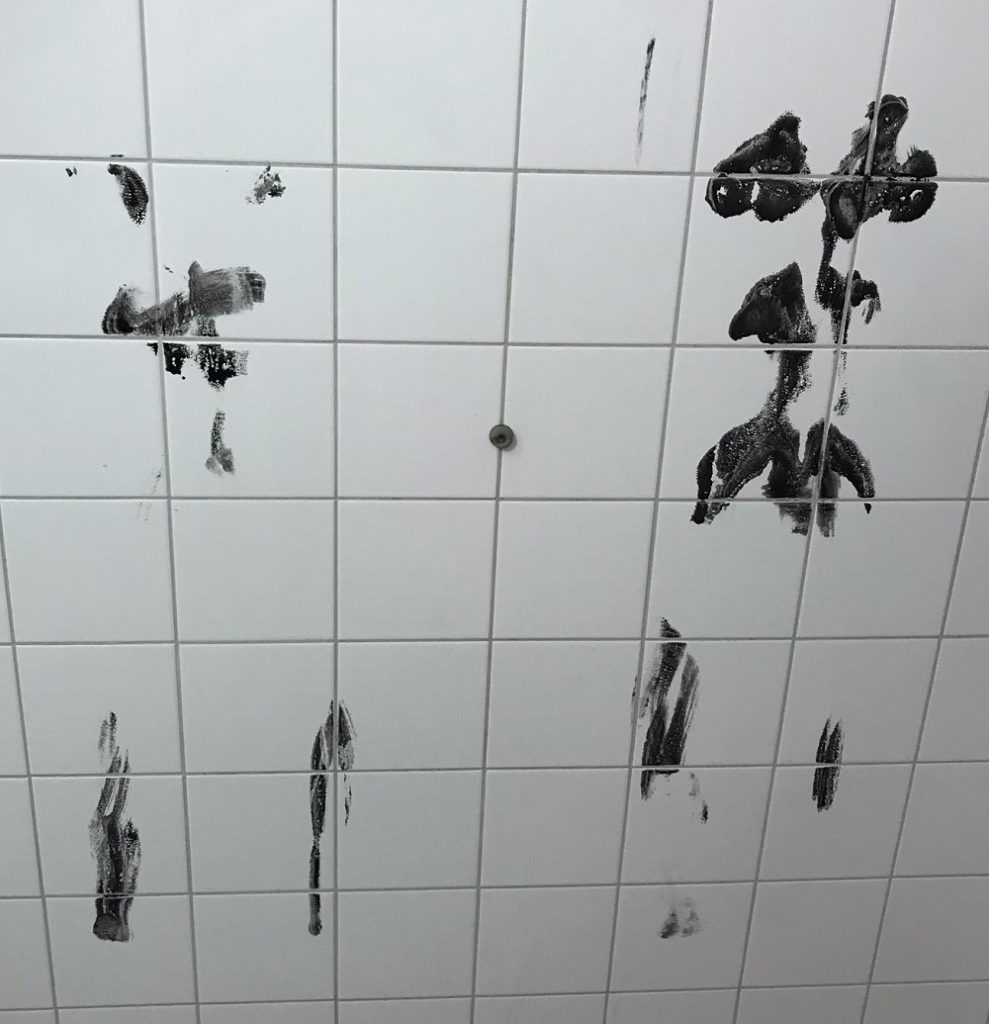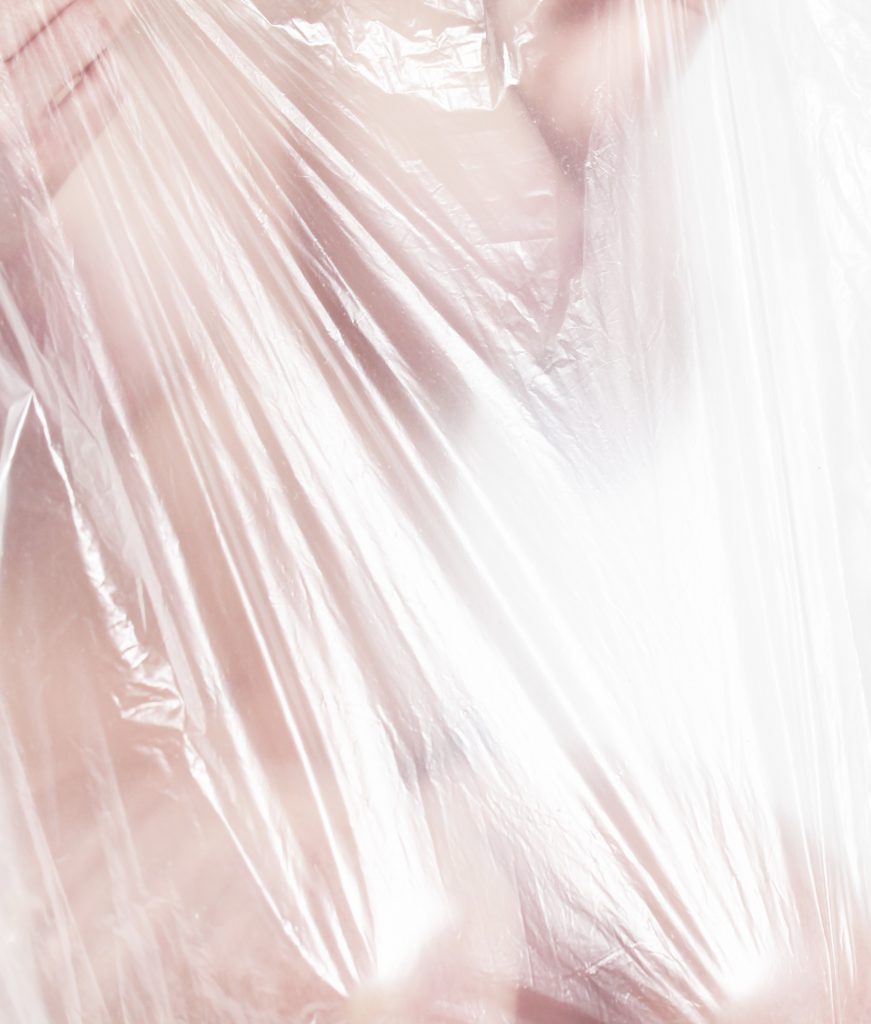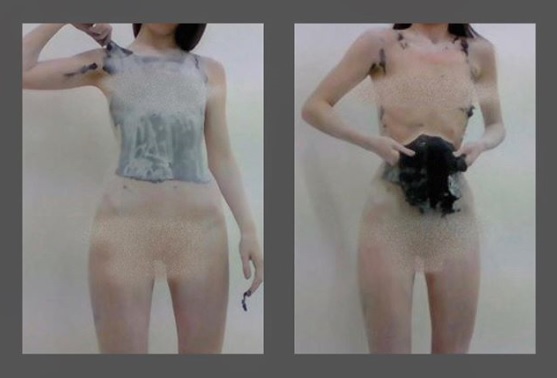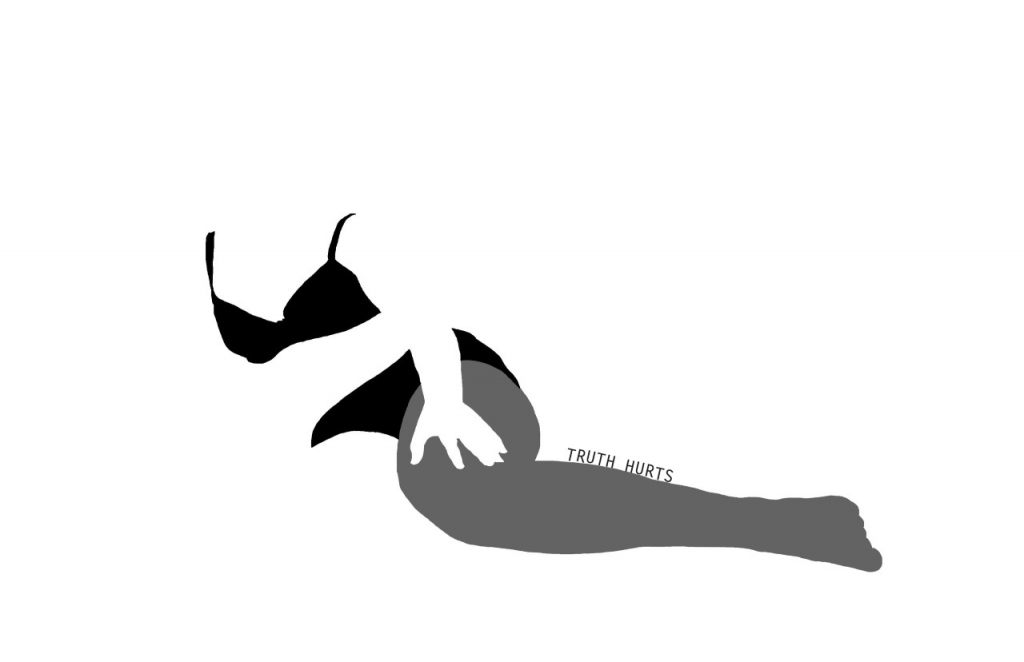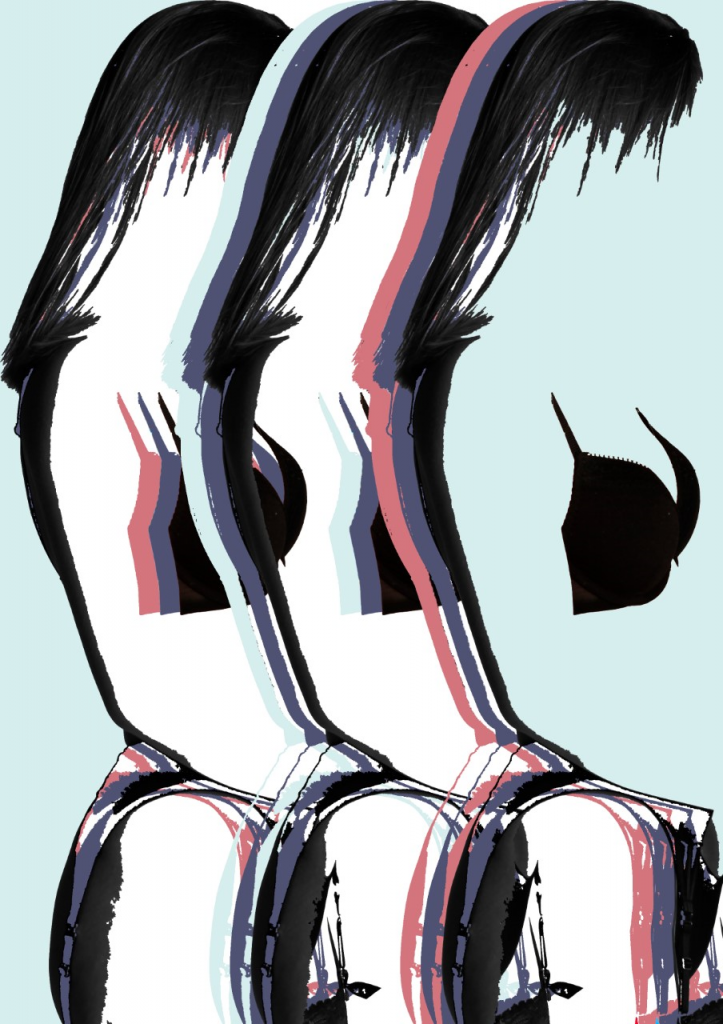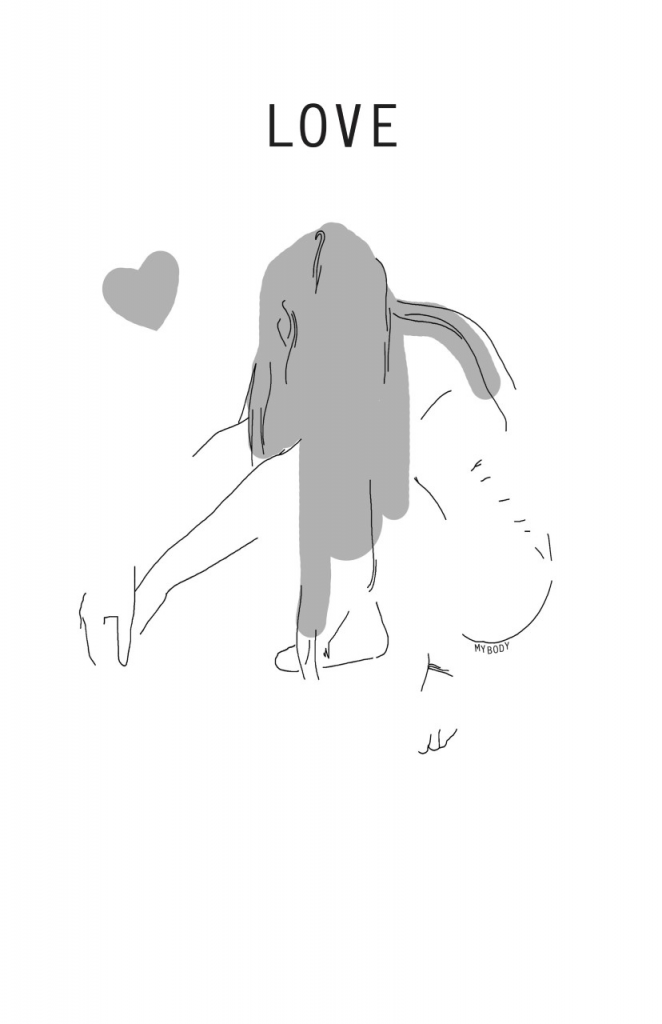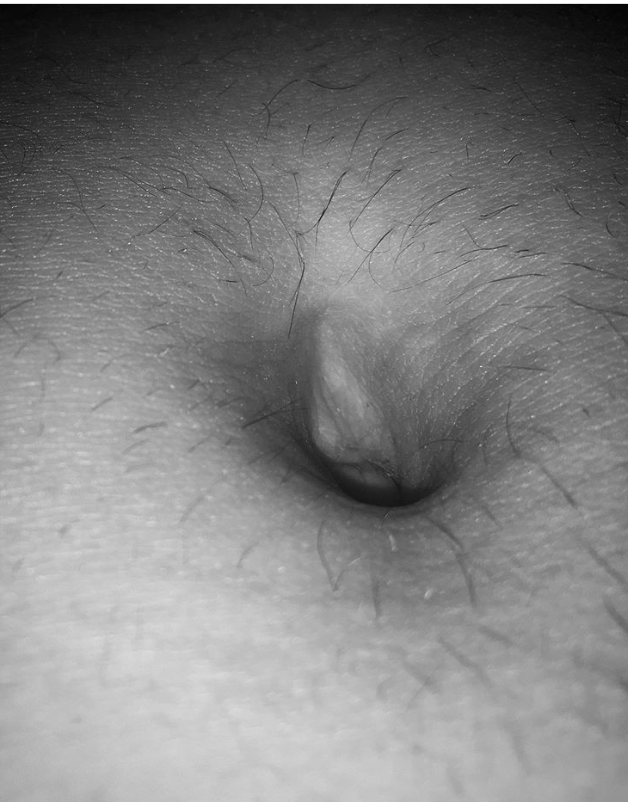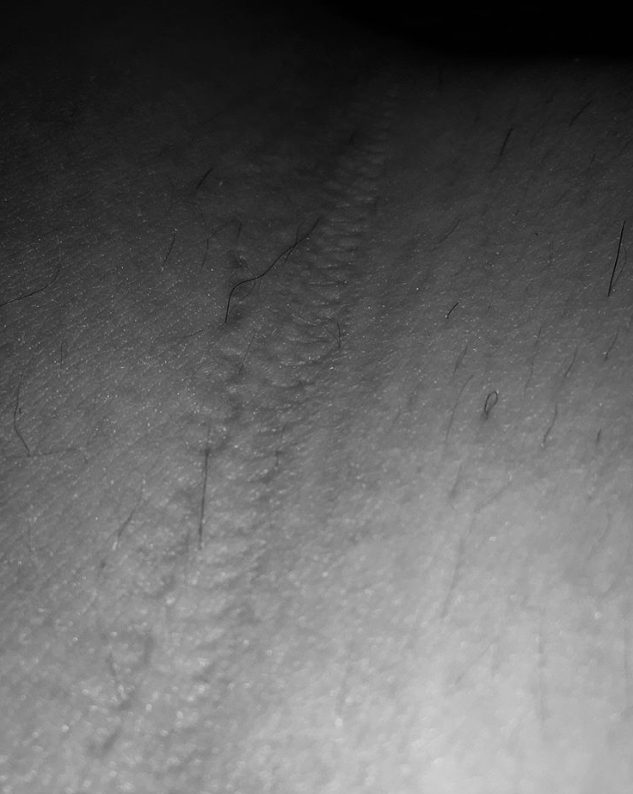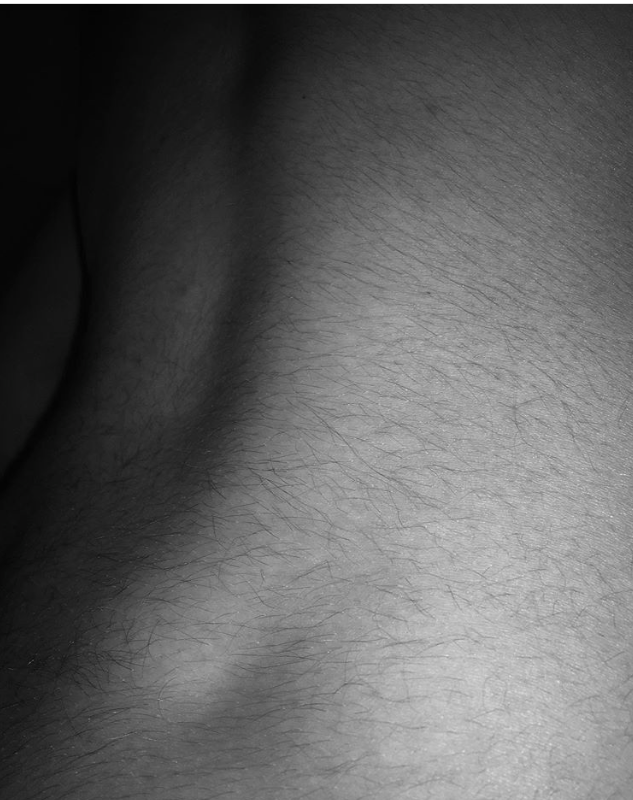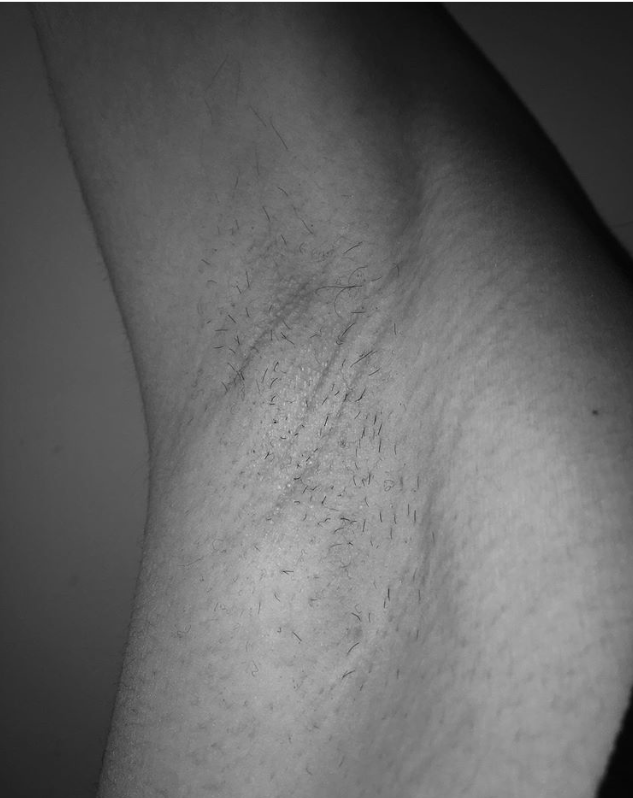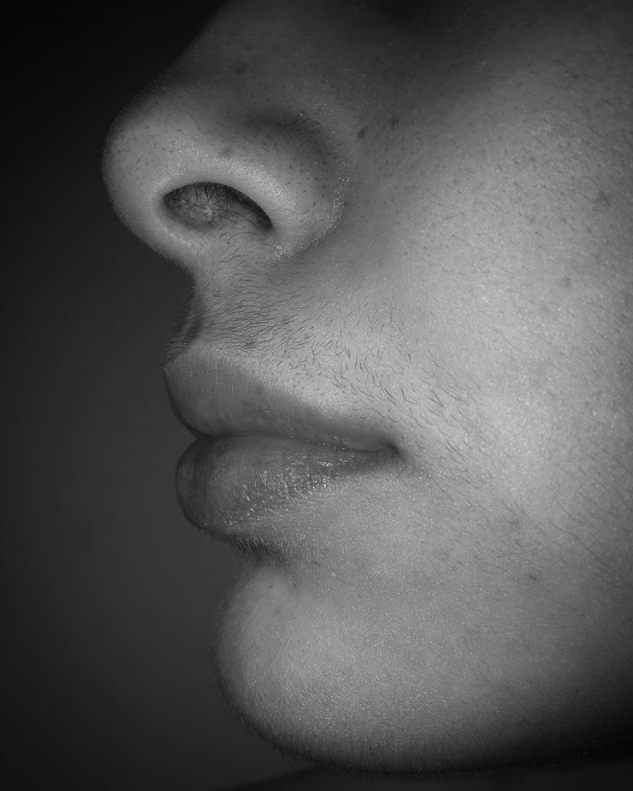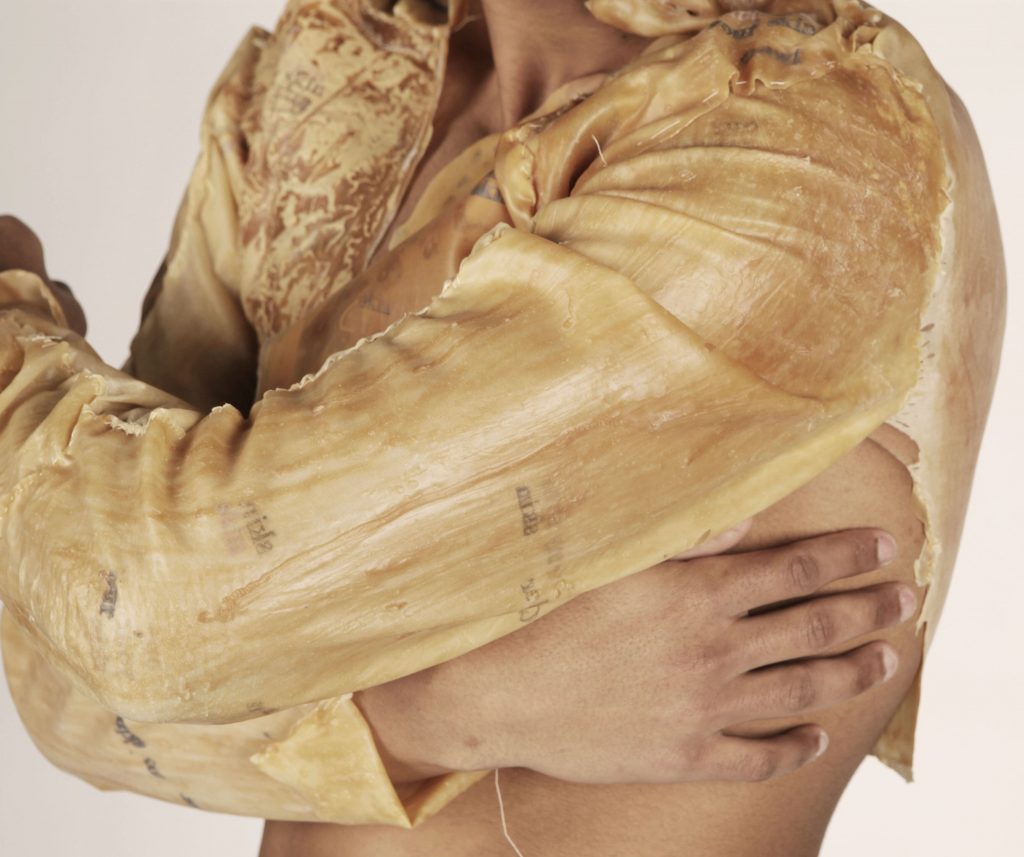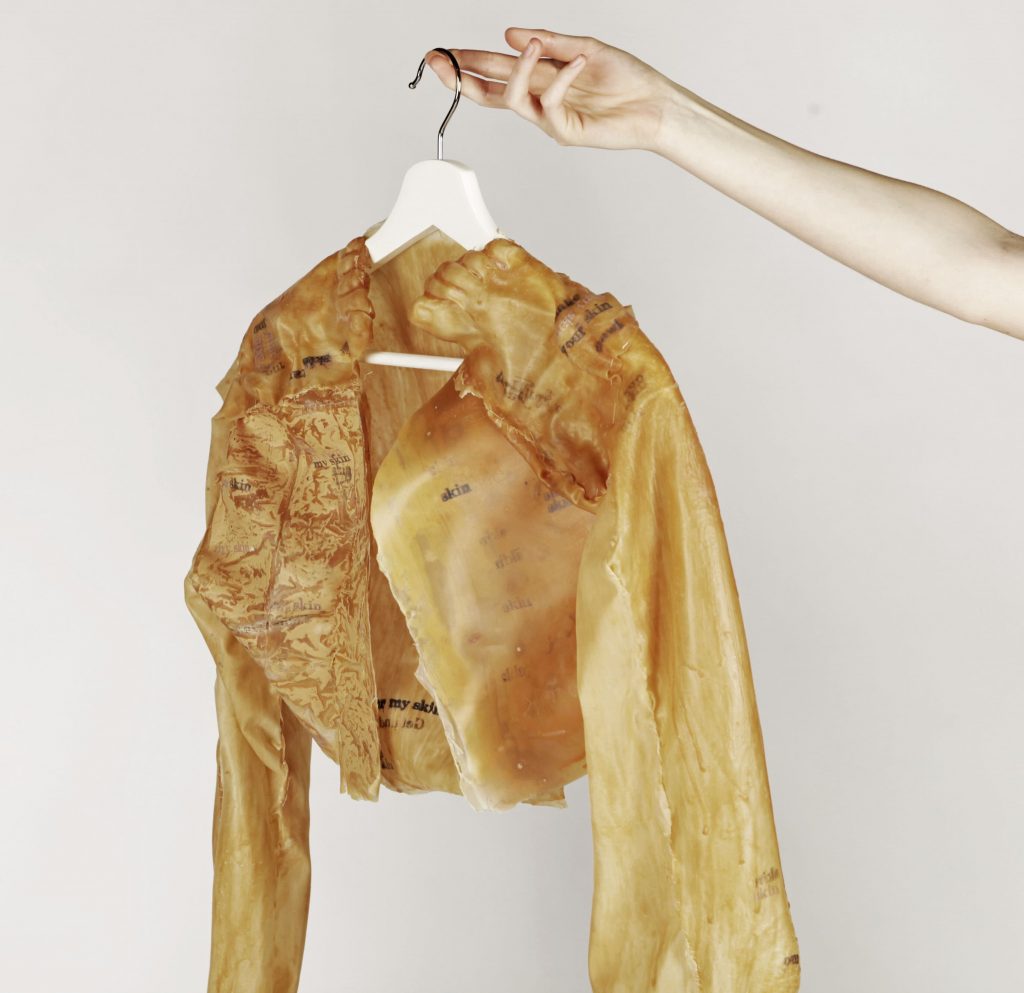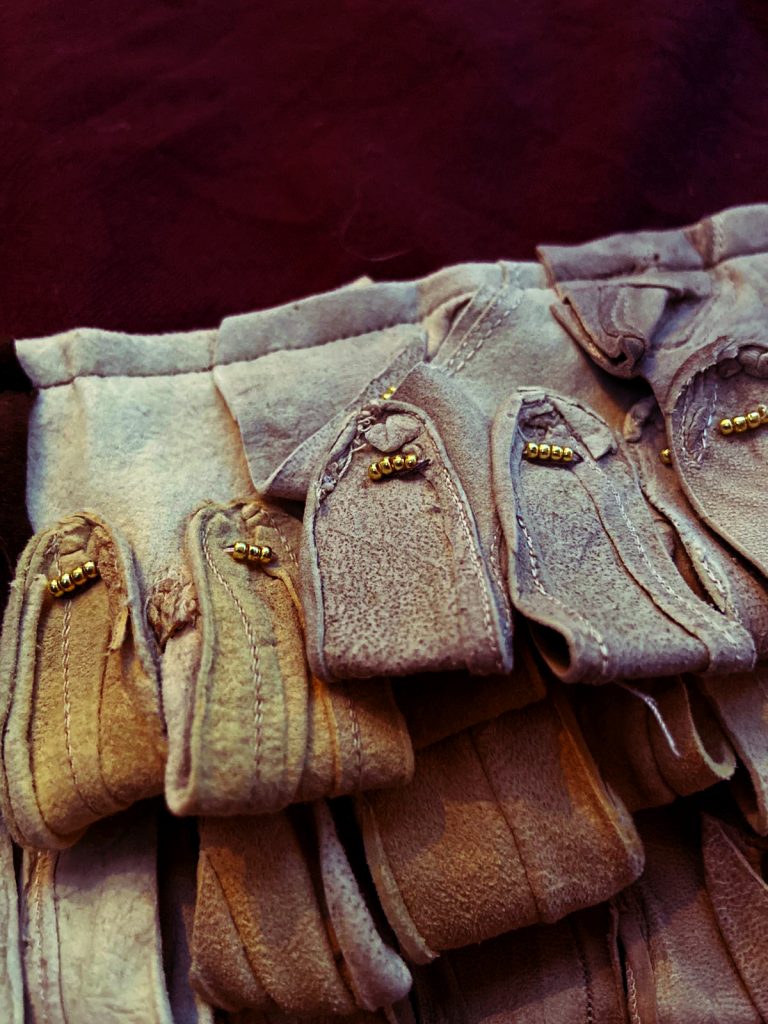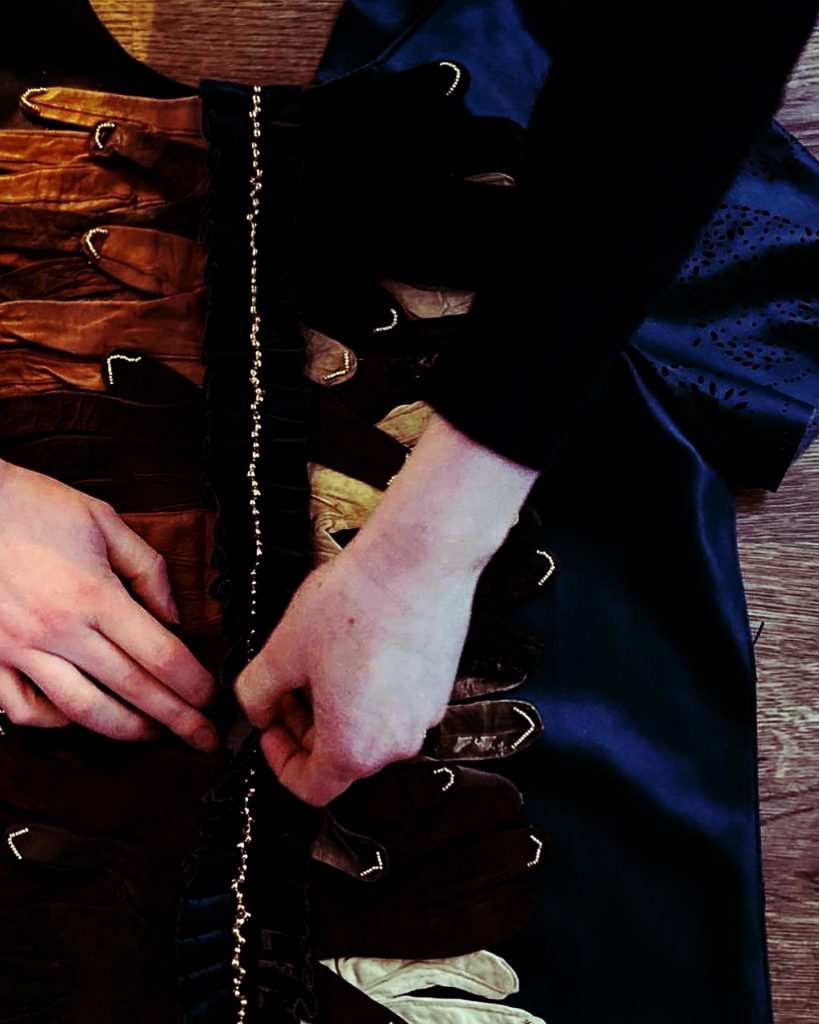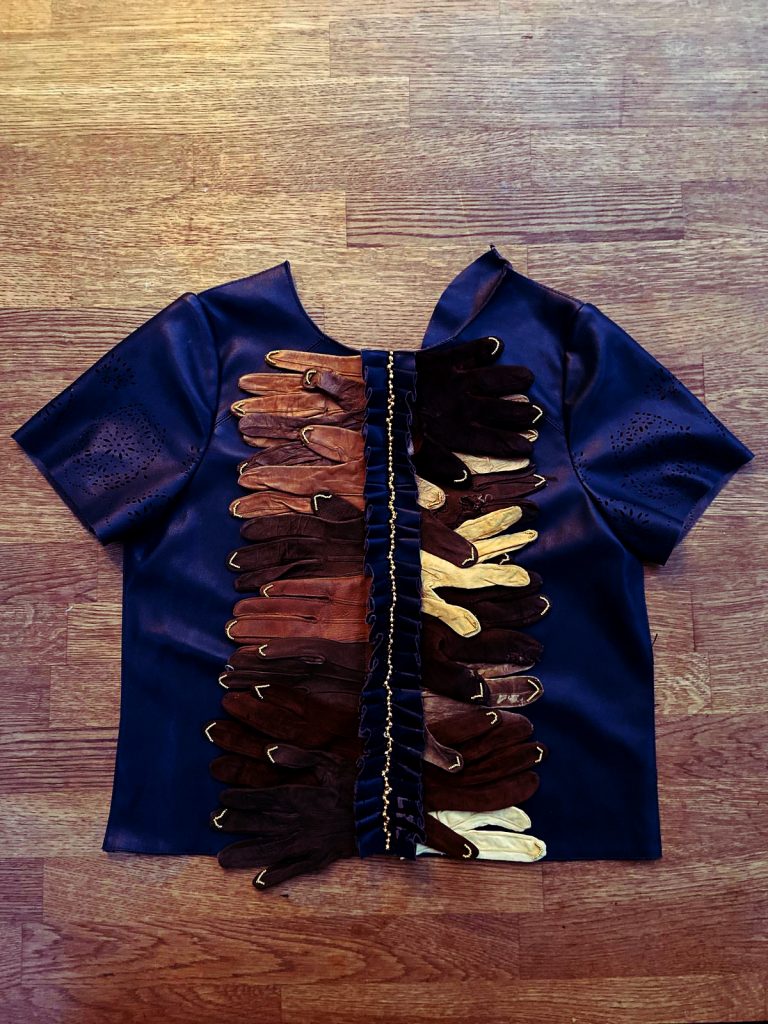Creating Artwork on and with the Body – Fascination, Feminism and Fashion
In starting my Fine Art degree at university, I, like everyone else in my cohort, was faced with the scary and exciting opportunity to create artwork about absolutely anything we liked at all. Immediately, I knew I wanted to create work about the body.
Exploring corporeality and ‘the meat of the body’ is something that artists have forever been tied to. Whether the works are heavily representational and realistic (or ‘mimetic’) as seen in early Renaissance and Baroque paintings by artists such as Tiziano Vicelli and Caravaggio, or more performative, interactive and sensual performances as seen in art by Marina Abramović and Bruce Nauman, the common denominator across eras seems to be that artists are ceaselessly inspired to examine their own – and others’ – bodies.
For my degree practice, I made a somewhat wobbly start to approaching the body. Merely focussing on the visual, I had created odd sculptures and paintings that I loved but did not quite have the critical means to justify. Truthfully, all I could say was I examined the body’s form for the sole reason that I found it visually interesting (sadly, however, I came to discover that that level of reasoning doesn’t quite cut it when you’re in higher education).
In later trying to get to the core of why I was so fascinated with studying the body in my practice, I didn’t necessarily clarify my need to engage with it (and in fact, I’m not sure I really ever will), but this process of questioning myself and my creative pursuits opened up a number of ways which I could explore the topic more specifically.
For example, as a female artist, it can somewhat feel a rite of passage to make work on what it is like ‘to be a woman’, especially when starting out at a professional level. I had not quite set out with the intention for any of my work to exist as ‘feminist commentary’ initially, howeverI soon came to realise that when you create pieces on the female form, disentangling it from such discourse is near impossible (nor would I want to do so, might I add).
Therefore, I was guided rather naturally to exploring the female body in art as possessing the potential to be both liberating and limiting, empowering and degrading.
I firstly experimented with approaching the body in a tactile and playful manner. I practiced drawing it with my eyes closed and relying on touch to create pieces inspired by Robert Morris’ ‘blind time drawings’ (1973-2009); I painted it black and pressed it against surfaces to create prints reminiscent of Yves Klein’s somewhat questionable ‘human paintbrush’ performances of the 60s (titled Anthropometries). I also explored different methods of censoring the nude body during both the shooting and editing processes in photography. I used physical methods (such as covering the body or camera lens partially) and digital methods (altering levels of contrast and clarity). These experiments led to my most proud pieces involving multiple latex ‘skins’ which I had created to cover the body in both photoshoots and filmed performances (finally manifesting in ripping the latex off as inspired by both Yoko Ono’s Cut Piece (1965) and the works of Carolee Schneemann).
As much as I found these exercises exciting, they were also inspired by a certain criticality of the ways in which the female body is often monitored, restricted and controlled in society at large. Friends of mine in my cohort have come to create work which also speaks of such concerns.
For example, artist Gemma Shrimpton (@gemma.shrimpton) uses the medium of digital drawing to create works which scrutinise the ways popular advertisements and mass media represents the female body. By depicting women in typically sexual yet ‘awkward’ positions, she challenges the ways in which female bodies are often used in derogatory, banal and objectifying ways (taking great inspiration from the liberating illustrations of Instagram account @moan_zine). To emphasise this visual ambiguity between what could be empowering or degrading, she partially censors the bodies and identities of the individuals in her pieces.
Similarly, artist Sara Osman (@sara.kew) found herself inspired by the work of performance artist Adrian Piper to provide social commentary through her photography. By proudly posting images of female body hair via social media, Sara aims to incite social change and question rigid social norms attributed to women’s bodies which deem what is natural as undesirable (successfully having had women engage with the project and participate by sending images of themselves).
Personally, after enjoying employing the material latex in my art practice, I went on to use it for my following project. My focus, however, shifted from maintaining a feminist body of work, to reading up on general understandings of the body and more specifically the skin (continuing to use latex as it’s a fantastic material for assimilating the feeling and appearance of the skin effectively!). I found myself most interested in understanding the skin as a border or boundary, which I wanted to suggest can be traversed through touch and permit connection between individuals.
I found that interestingly, where the aesthetics of creative practice are usually deemed most important, the sense of touch and its potential in artwork is often largely overlooked. Therefore, I wanted to incorporate it within my practice as a sense which can impart the most significant effects on our lives in its potential for intimacy, pain and sensitivity. Through this exploration, I came to firmly believe that studying the body is not always as plain as drawing it, photographing it, or otherwise depicting it in a 2D, visual format.
What I truly think could be considered one of the most meticulous and informed modes of studying the body in particular is the work of designers and garment-makers, whose job it is to create pieces that fit – hug –and interact with a user/wearer in a multitude of complimentary ways.
In reading academic Llewellyn-Negrin’s statement that fashion is “the most embodied art form”, I came to recognise that those studying fashion and textiles alike come to ascertain such an informed knowledge of the body in understanding its proportions and form, to considering its movements and need for comfort in regard for how items of clothing are worn and experienced by the individual every day.
These aspects inspired me to create a (somewhat crude) jacket out of latex casts of my body. Where you can see the shapes of my feet and arms replace a collar and sleeves, it allows for both a visual representation of the body in its jumbling up of extremities, as well as the embodied experience to be worn and felt by others.
Likewise, artist and Textiles student Naomi Branch (@twiggytextiles) handcrafts a number of garments and pieces incorporating the imagery and essence of nature as inspired by Dior’s 2020 Spring/Summer collection. Her upcycling of materials led to her production of trims and clothes made of original 1920s gloves which give a bodily element to her pieces, reminding the wearer of not only the artist’s hand at work, but also of their own body in interaction with the piece (and what almost appear to be others’ hands!)10.
Overall, through my playing with the body in my art practice and experimenting with its possibilities, I have come to these two succinct – but what I believe are important – realisations:
- It’s safe to say that there are rarely circumstances where bodies are politically neutral and so ultimately, they should always be approached and discussed with respect (both in the arts and otherwise).
AND
- Without fail, the body will ceaselessly exist as one of the most exciting platforms for creatives to experiment with and upon, whether this is due to a never-ending, inward fascination in our own bodies and a desire for self-discovery, ownership and introspection, or a naïve curiosity and desire to understand and embody the experiences of others.
…You’ve got this far – here are some short performances I recommend you check out:
- Marina Abramović’s The Artist is Present (2010) – https://www.youtube.com/watch?v=OS0Tg0IjCp4
- Wafaa Bilal’s …and Counting (2010) – https://www.youtube.com/watch?v=o5ghcDsPaTE
- Rebecca Horn’s Finger Gloves (1974) – https://www.youtube.com/watch?v=O0uNnmAudmk
- Adrian Piper’s Mythic Being (1973) – https://www.youtube.com/watch?v=jVcXb8En_Tw
- Bruce Nauman’s Pinch Neck (1968) – https://www.youtube.com/watch?v=bzFlC-zuq5I
- Yoko Ono’s Cut Piece (1965) – https://www.youtube.com/watch?v=lYJ3dPwa2tI
- Yves Klein’s Anthropometries – https://www.youtube.com/watch?v=gj9nHa7FtQQ&t=69s
By Amy Conti
Amy Conti is a multidisciplinary, second-year fine artist whose recent work explores the body, feminism, and wearable items. With a passion for psychology and philosophy, she is enamoured with learning about life’s theories and conceptual art. In her spare time, Amy enjoys playing the guitar, sketching, and scrubbing up on her knowledge of French on Duolingo.
You can check out Amy’s work on her Instagram page @aconti.art.
The instagram handles of the other Loughborough art students referenced in this article are given in brackets within the article, when their name is mentioned for the first time. Please do have a look at their work.
The Limit
The Limit showcases the creativity that exists within the student population, creating a sense of community.
